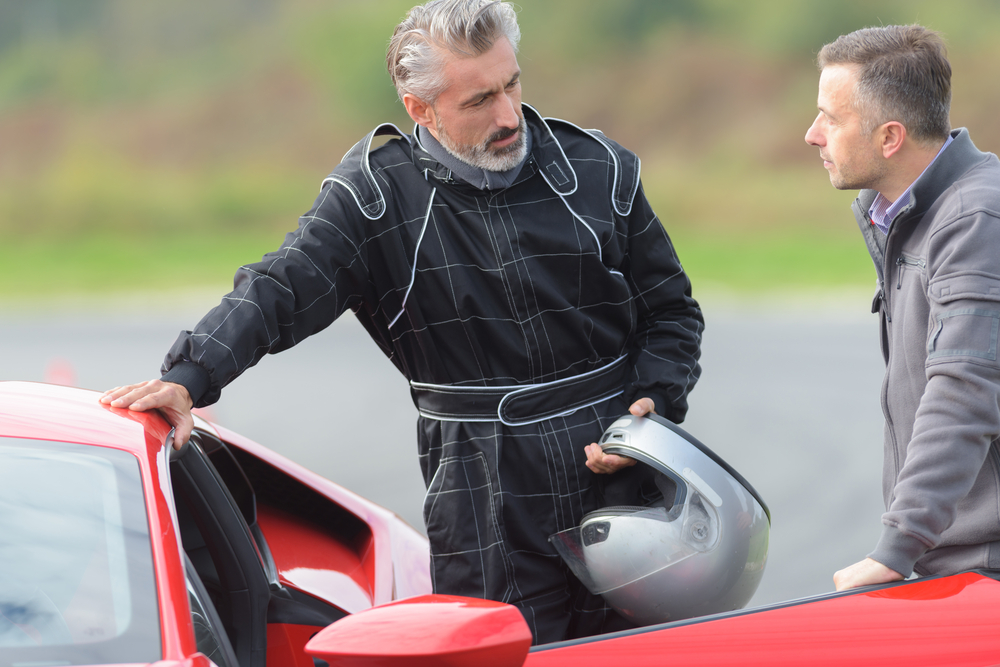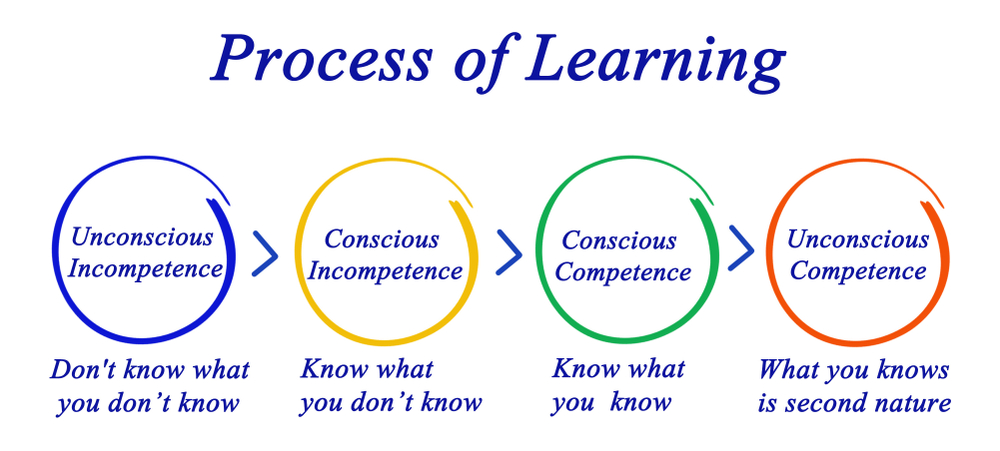For many years organizations focused on high performance driving and racing have conducted on-track driver training to prepare individuals for driving their cars at the performance limits. The NDSI utilizes some of the same training strategies to aid students in embracing the need for a different approach to the driving task.
How do you teach someone a new approach to a task when that someone is already engaged in doing the task on a daily basis and they view themselves as an expert? How do you convince someone that despite their belief that they have all of the skills needed and that further educational efforts are unnecessary that in fact there is a critical need for an improved mental approach and new skill development? This is a primary challenge when it comes to effective defensive driver education.

It's The Other Guy!
When it comes to driving, the vast majority of individuals firmly believe that they are excellent drivers and that they have no need to change their approach to driving. Most people with a driver’s license view themselves as great behind the wheel – they have the necessary skills and their approach to driving is exactly what it needs to be. Soaring traffic accident rates? Increasing automobile accident fatality rates? Skyrocketing auto insurance premiums? These things are viewed as problems being caused by the other guy!
How does Defensive Driver Academy approach driver improvement training in a manner designed to overcome this challenge? By embracing proven teaching methods already demonstrated as effective by other organizations facing a very similar challenge!
HPDE -- High Performance Driver Education!
Millions of individuals with “The Need for Speed” purchase high performance sports cars. These enthusiasts crave the power, control and thrill that a high performance car can provide. Most owners of high performance vehicles tend to view themselves as perfectly adept at harnessing the capabilities their cars provide. They are wrong.
There are dozens of clubs and organizations nationwide that exist largely for the purpose of providing an appropriate and safe venue for anyone who wants to drive their high performance car on an actual racetrack. The Porsche Club of America, BMW Car Club of America, National Auto Sport Association, Sportscar Club of America and dozens of other groups rent out road course style racetracks for weekends and allow enthusiasts to sign up to drive their cars on the racetrack as fast they want to go!
Does this sound like a recipe for mayhem? Well… it can be. Crashes do happen and some very expensive cars get destroyed (painful – insurance does not cover when on a racetrack!). For the vast majority of individuals who sign up for their first HPDE weekend, they go into the event fully believing that they are ready and capable of driving their car to its absolute potential. They are badly mistaken, yet the overall safety record for most organizations is excellent. So how do they accomplish this?

No... Crazies are not just unleashed onto
the track with no training or supervision.
The challenge is similar. HPDE drivers find themselves in a high risk environment believing that they have the skills required to accomplish their goal yet in truth they neither understand what is really needed nor do they have the learned skills to meet these needs. The vast majority of drivers on public roadways are in a similar situation.
The goal itself of course is radically different. On the racetrack, the objective is to complete a lap of the track in the least amount of time possible. Go as fast as the car is capable of going without crashing. Consistently. On your daily roadways, the objective is to safely arrive at your destination. Every time. But in both instances, the individual engaged in the task is being challenged to accomplish something that they often erroneously believe they are perfectly capable of doing in a highly skilled manner.

Same Tool -- Different Purpose
These new uses of the tool require new training. This is why organizations who run HPDE track weekends provide online and classroom training and always have a trained instructor assigned to new drivers on the track! The instructor rides with the student driver and teaches them the skills required. Drivers are not permitted to drive solo on the track until their instructor has signed them off as being ready. This often requires many weekends of training and experience.
The typical driver on our public roads today faces a similar scenario. They may have been using the tool for decades and feel they do a great job. But the challenges faced when driving on public roads today have dramatically changed! Increased traffic congestion, smart phone use, distracted driving, driving under the influence, multiple combinations of all of these factors – the risks faced today are fundamentally different and mandate a new mental approach and new learned skills. This means using the same tool in new ways.
The HPDE Way – 4 Stages to Safe Driving
The objective for organizations who run HPDE track weekends is for their participants to learn how to safely drive their cars on the racetrack at speed with others doing the same and to have fun in the process. To accomplish this, new drivers are deliberately lead through 4 stages of learning as outlined below.
Stage 1 - Unconsciously Incompetent.

In a nutshell, everyone starts out not knowing what they don’t know. Therefore you do not recognize that you do not know what you are doing because you do not know what you are supposed to be doing! You know how to drive. The State gave you a driver’s license. You have been driving for years. So you must be good to go, right? Wrong! It can be done better and we are going to show you why and how.

Stage 2 - Consciously Incompetent.
This state is typically the result of an educational experience. Through learning you come to realize that there are skills and knowledge that you most certainly need but do not yet possess. This realization is key to becoming motivated to gain the required skills – you become willing and eager to learn. Often, the new HPDE driver can be very rapidly jumped to this step by simply riding in the passenger seat with an experienced, fast driver on the track. They quickly learn that they didn’t understand what fast really is. For the typical driver on public roads, too often getting to this step requires a scary or dangerous event to have occurred. Hopefully the education that allowed you to progress to this stage was not painful!
Stage 3 - Consciously Competent.
This stage is the natural result of focused learning. You recognize there are required skills you need, you have put in the work and thus you have learned what those skills are and when they are best applied. You are capable of putting these skills into action – BUT, doing so requires ongoing conscious thought on your part. You can do it right but doing so requires your full focused attention. The new skills are not yet mastered to the point of being habit. You know what to do – you can do it – but you have to really focus on it to get it right.
Stage 4 - Unconsciously Competent.
Education + experience and practice yields new habits. This is when your new skills can be applied via focused action, taken correctly and immediately without any thought or consideration at all on your part, THEN you have become unconsciously competent and a skilled defensive driver! You do it right – right now – without any thought at all – every time.

For the HPDE student, reaching stage 4 means that they are finally ready to be signed off by their instructor to drive on their own on the track. They have reached a level of capability that 100% of their mental focus is no longer required to simply drive the car and the outer limits of the cars capabilities. These skills have become habitual. The driver is now has excess mental capacity that can be directed toward focusing on the other cars on the track… aka racing!

For YOU, the driver on the street, stage 4 means that you are now putting to use the mental approaches and driving skills that make up a defensive driver. You too are now better equipped with solid driving habits such that you have excess mental capacity that can be directed toward maintaining the situational awareness on the roadway that is required to avoid “the other guy”!
Perhaps you are now questioning whether you really do have the correct approach and skills needed to be safe on the road today? Please: Sign up for a course with Defensive Driver Academy today!


